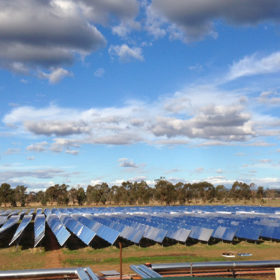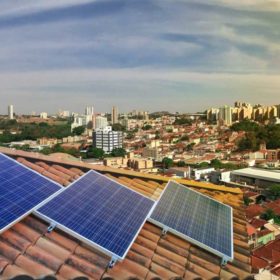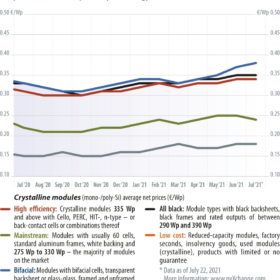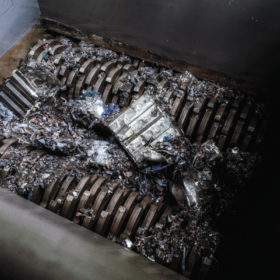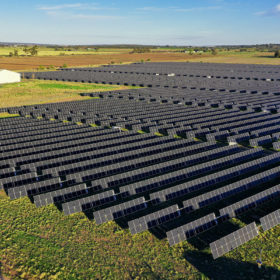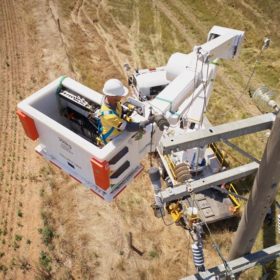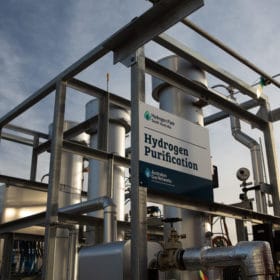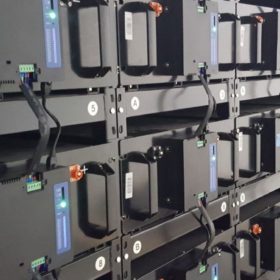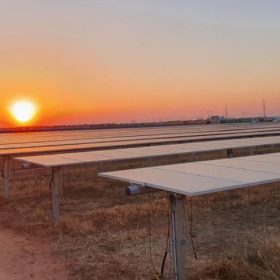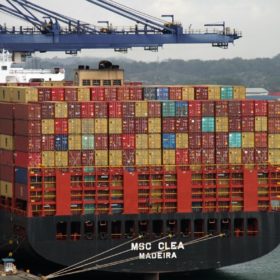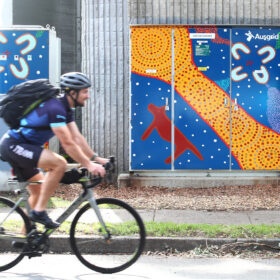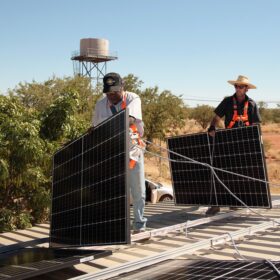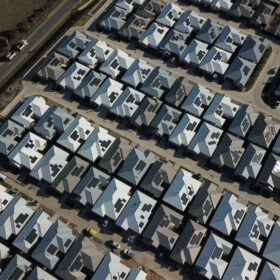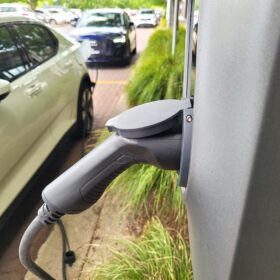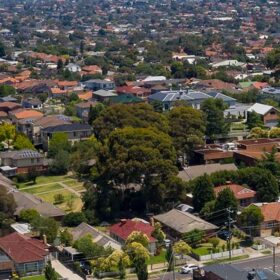Explaining the $16.5 million write-down of Genex’s Jemalong Solar Project
Genex Power’s latest annual report makes inspiring reading, with its plans for repurposing of the Kidston Gold Mine into a renewable energy hub progressing through stages. Its Jemalong solar farm is also delivering to plan — what then of the write down?
Where rooftop solar meets the most money-saving energy plan — it’s personal
It’s not just big companies that are benefiting from digitisation and data analytics. Today sees the rollout of a new optimising algorithmic marvel that easily shows solar PV owners which of a myriad of constantly changing retail energy plans will save them the most on their electricity bill. No need to die wondering!
Sunday read: A decisive movement in module prices
The sky is the limit. Fortunately, this expression does not apply to current prices for PV panels, which have recently declined, following a continuous rise since the beginning of the year. Whether this situation holds, or whether prices drop further in the coming months is hard to say at the moment, writes Martin Schachinger of pvXchange. Polysilicon prices and thus wafer and cell prices could be in for a slight decline. However, a decisive movement in module prices in general is unlikely before the fourth quarter.
Saturday read: Battery recycling and material uncertainty
Lithium-ion batteries remain the front-runner to power EVs, but without clearer recycling plans from the European Union and the United States, the balance isn’t yet tipped away from heavy mining of new materials to focus on supplying industry needs, writes Ian Morse.
Australia grid delays affect Dutch developer’s figures
Photon Energy reported raised revenue from sales of electricity in the second quarter of the year, compared with 12 months earlier, but said grid hold-ups at 14.6 MW of solar projects Down Under had affected performance.
Spark accepts $5.2bn takeover bid from American consortium
Australian electricity network owner Spark Infrastructure has accepted a $5.2 billion takeover bid from a North American consortium led by private equity giant Kohlberg Kravis Roberts & Co.
Two new hydrogen platforms launch to couple industry with customers
Two hydrogen platforms have launched in Australia to connect hydrogen producers with consumers, ultimately trying to catalyse projects and the industry more broadly. The first, NERA’s HyCapability, maps hydrogen capability across Australia, while the other focuses on New South Wales and the developments of its hydrogen hubs.
Energy storage appears to be fully charged for exponential growth
Lithium-based energy storage volumes in the U.S. are expected to grow by multiple orders of magnitude in the coming years, with a 1000% capacity increase by 2023.
How Australia could save almost $7 billion on its energy transition
The risks posed to renewable-energy projects by Australia’s uncertain climate change policies and hamstrung regulators, have become a concerning brake on investment. Adjusting settings to reduce those risks would revitalise investor sentiment and vastly reduce the cost of implementing the country’s switch to renewables, says the Clean Energy Investor Group.
US customs enforcement is jeopardising 2.1 GW of solar projects
Solar product detentions at U.S. ports of entry all stem from a June 24 “Withhold Release Order” issued by Customs and Border Protection.
